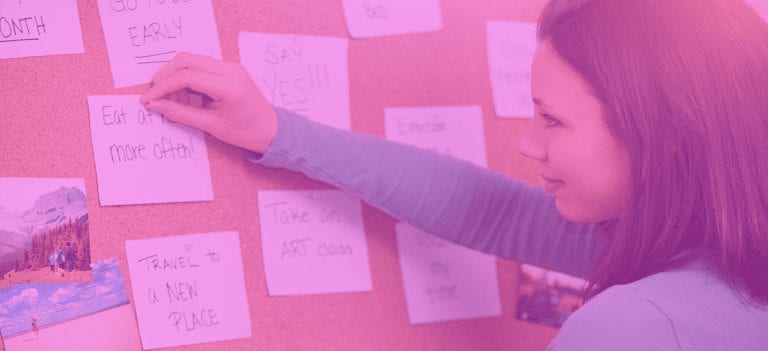Can You Retrain/Reprogram Your Brain?
January 18, 2018

The human brain is hardwired to focus on things that cause pleasure. This is why addiction is such a prevalent problem in most developed countries. People with an addiction, whether it’s drugs, gambling, video games, or anything in-between, are caught in a “brain loop” of sorts. Their brains have identified an activity that causes pleasure and releases dopamine as a reward — and that chemical payoff creates a craving for that activity to be repeated.
This is also why so many people struggle with a New Year’s resolution like eating healthy or exercising daily — it’s hard to break through what the brain has already decided is pleasurable. But can you use this mental reward system to your advantage and actually retrain your brain to meet your life goals?
Brain Plasticity
There is strong evidence that the brain remains adaptable throughout your life, and this concept is known as neuroplasticity. Essentially, it means that the brain can adapt based on new experiences. Exposure to new ideas and techniques causes new neural pathways to form, ones that support that new information. And this adaptability is how you break the bad habit cycle.
The Science behind Habit Formation
There are three steps involved in habit formation:
- Cue — a trigger that leads to a craving. For example, seeing the couch might make you want to lie down and watch TV.
- Routine — the actual behavior, such as laying down on that couch and reaching for the remote.
- Reward — this is whatever reinforces the behavior at the neurological level. For couch potatoes, it might be that feeling of relaxation that accompanies settling down into the cushions for the evening.
Part of breaking bad habits is understanding them. For example, consider what you really like about “couch time” — is lying down on the couch what you really enjoy, or is it the reward of watching TV? Figure out if you can make a simple change and still enjoy that same feeling of pleasure. What happens if you get up and lift light weights, or try doing crunches during your favorite show? Did you still enjoy it? What about bouncing on a mini trampoline while watching it? Still enjoyable?
First, break down your bad habits and determine what it truly is about them that you crave — and then find positive ways to reshape them. Use that information to form new, healthier habits by developing new cues, establishing a routine for them, and creating a reward system.
Retraining Your Brain to Create New (Good) Habits
Your job is to create a new, better habit — one that your brain sees as more pleasurable. Maybe instead of hitting the couch every day at 7 pm, you might go to the gym to help you relax after work. The goal is to find a suitable reward to make this good habit stick. Many fitness apps use this approach. They create a point system that allows you to work towards a larger reward. Maybe you get 10 points for every workout and earn money or other achievements within the app at 10,000 points (and perhaps friends using the app see your points accumulating, which your brain may perceive as an additional reward). That reward creates a new craving for more points — one that is good for you!
Positive brain retraining means learning to do better things to get the same reward the old habit generated. It’s at the very core of how children learn, but it is something humans can do at any age!
